3 Things We Like About the 2024 Toyota Sequoia TRD Pro, and 2 We Don't

Big SUV, big fun-in the right situation.
We recently spent some time with the 2024 Toyota Sequoia TRD Pro. Massively improved over the outgoing model-that sort of thing is expected after 14 years-it was nonetheless a week of highs and lows. The Sequoia is a flawed beast, but that's what makes it fun. To that end, here are three things we loved about Toyota's largest SUV, and two aspects we wish were better.
Like: That turbo V6 powertrain
The Sequoia famously shed its 5.7-liter V8 for a twin-turbo 3.4-liter V6 as part of the move to the third generation. And it's a hybrid to boot! This is the same unit found in the Tundra, which has one of our favorite "regular" powertrains in the truck scene. The six-cylinder hybrid setup is just as impressive here. It's plenty powerful with 437 horsepower and a trail-punishing 583 pound-feet of torque. Those on-paper stats only tell half the story, too: the quick-acting 10-speed automatic ensures the Sequoia is always in the meaty part of the powerband, while the electrified portion of the powertrain provides instant torque-fill between shifts. It's a muscular and addictive powertrain.
Dislike: The size
Yes, it's a large SUV, so the Sequoia's girth is kind of the point. The TRD Pro treatment only accentuates this, however, with a raised ride height and-especially-the more robust roof rack. At around 6'8" tall, the Sequoia challenged most underground parking garages. Its turning circle could best be described as "nautical." This one skipped the wider towing mirrors, but even still, fitting it into a regularly-sized parking spot was a challenge.
Like: The look
Yes, we mean it. Despite the size, we love how the latest Sequoia looks. There's obviously plenty of Tundra DNA up front, as per Sequoia tradition. But Toyota's designers gave the SUV the better face, skipping the handlebar mustache feel of the Tundra's grille design for a more traditional, squared-off jaw. We also like the progressively more angled pillars, which give this big box a sense of movement. The same goes for the negative surfacing over the wheel arches.
On top of all that, the TRD Pro treatment just works. We like the digital camo pattern on the arch extensions, and the wheel design is excellent. If only Toyota skipped the marker lights in the grille; the Sequoia isn't wide enough to need them, so it comes off as try-hard.
Dislike: The space
The Sequoia TRD Pro is a fourth-gen Camaro in SUV form: huge outside yet surprisingly tight inside.
You don't notice it up front as the driver, but even the second row only comes across as average in space. Clamber into the back row, however, and you're contending with an awkward, knees-up seating position and barely more space than you'll find in a Grand Highlander. Look behind you and the cargo space is laughably small.
It's not like folding the third row fixes that last problem, either. Because of the hybrid battery position, the seats don't fold flat, only stack, so the Sequoia has one of the highest load floors around. An adjustable cargo shelf only sort of helps for loading big items. Pair this mediocre load-lugging ability with the sheer size of the thing, and it's no wonder a BMW i4 proved more practical.
Like: Easy-to-use tech
We've sung the praises of Toyota's latest infotainment before. It has its niggles, but on the large screen, it's easy to use and offers up quick and painless phone pairing.
That isn't the only bright spot in the Sequoia's tech suite, either. It offers plenty of driver assists, all standard, plus useful towing tech. The instrument cluster is sharp, highly legible, and offers good customization. Perhaps the best part: Toyota still understands the value of physical controls, so drivers can still operate most functions on muscle memory.
Become an AutoGuide insider. Get the latest from the automotive world first by subscribing to our newsletter here.

Kyle began his automotive obsession before he even started school, courtesy of a remote control Porsche and various LEGO sets. He later studied advertising and graphic design at Humber College, which led him to writing about cars (both real and digital). He is now a proud member of the Automobile Journalists Association of Canada (AJAC), where he was the Journalist of the Year runner-up for 2021.
More by Kyle Patrick





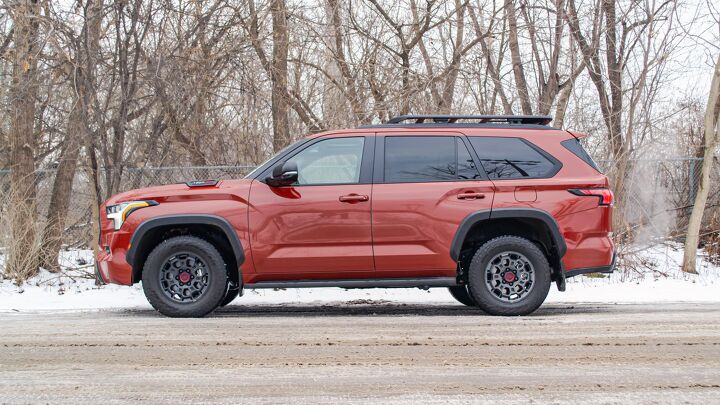
















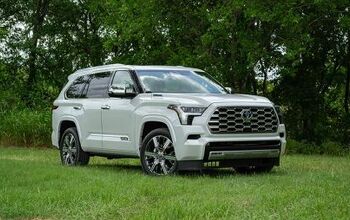
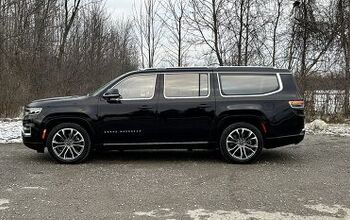

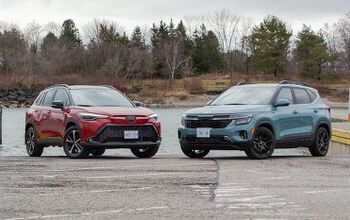
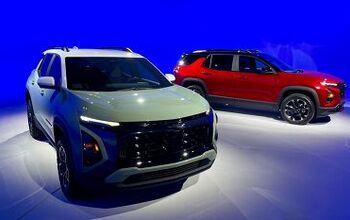
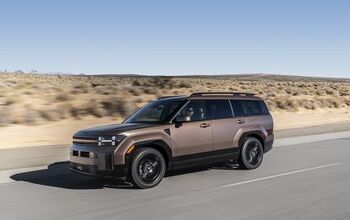
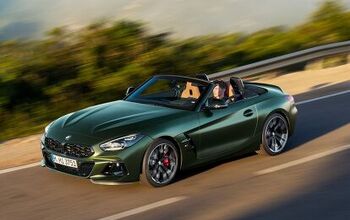
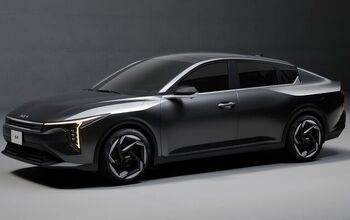

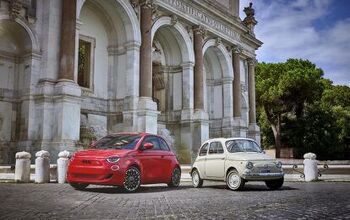
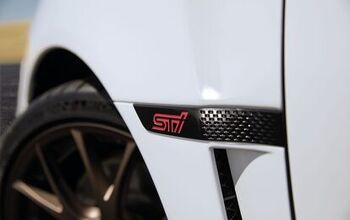
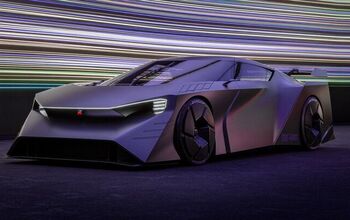


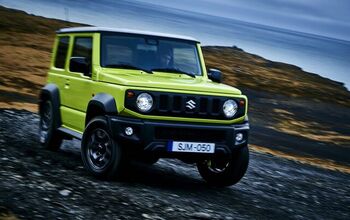
Comments
Join the conversation